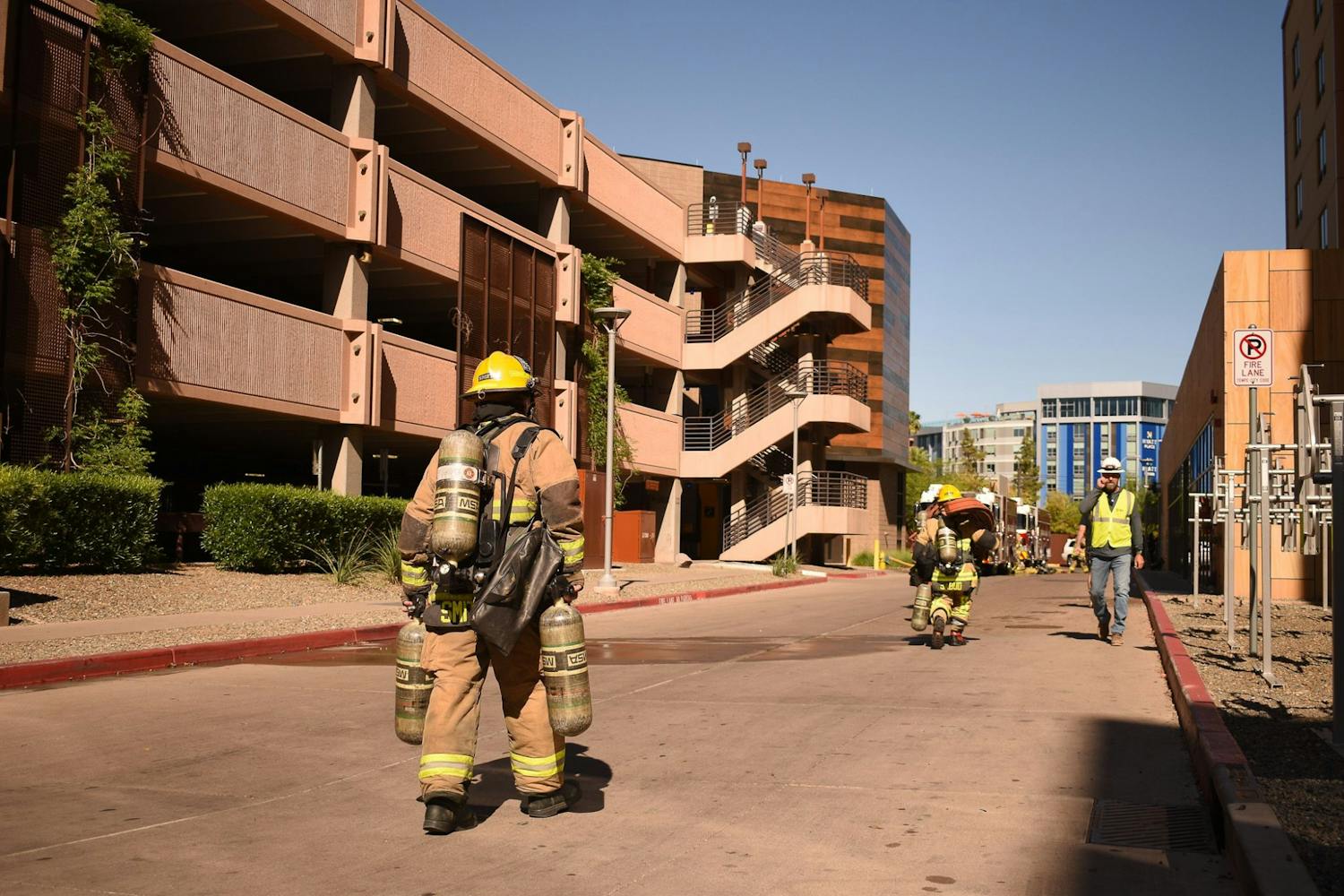Imagine telling a story in front of an audience. Now imagine not knowing the plot or anything about the story until you start it. That’s improv: it’s completely made up in the moment, which can be both exciting and terrifying.
This spontaneity brews creativity and many hilarious, unprecedented moments. There is really no right or wrong way to do improv, but there are a variety of formats and techniques.
There are two different forms of improv: The long-form typically lasts 25 minutes and focuses on the story and characters, short-form is quicker and jumps from ideas and scenes.
Both will typically begin with some type of audience suggestion where the actor will ask the audience to name a place, object, quote, etc.
Short-form improv is typically used on the show “Whose Line Is It Anyway?” and long-form comedy can be seen at theatres around the country.
Rico Pagliuca has been doing improv for four years and takes classes and performs regularly at The Torch Theatre. He has performed with the troupe “Zombie Gourmet” at Space 55 in downtown Phoenix.
He explained the importance of “group mind” within in a troupe, meaning every player knows each other well and shares experiences and ideas together.
“The beginning practice of improv is just getting out of your head,” Pagliuca says. “The reason I think it is so beneficial, as an adult forcibly putting yourself into a state of play where you’re surrounded by people who say anything is cool, that’s very uncommon.”
The Herald is one kind of long-form improv that is widely practiced. It starts with a suggestion from the audience, then there are three rounds of scenes that are loosely based on the suggestion.
Then there is an improv “game” which can be anything the group would like to act out. The end should wrap together some of the ideas and characters, but it really is a free-formed performance.
Clifton Gray is the theatre manager at The Torch Theatre and has been taking classes there for five years. Gray explained the learning process of improv and that the final lesson is to say yes to whatever happens.
“Quite literally anything is possible. There is not anything you can’t do on stage because you can walk out on stage and be like ‘we’re antelopes in space!’” Gray says.
Improv is an intimate form of theatre that typically takes places in a small, dark room where the audience is sitting close to the stage. There are typically no props, but many actors pretend to use items with the help of imagination.
Meredith Howell is in the troupe “Radish” and explained an improviser’s role when they are on the side of the stage.
“If you’re on the side, your job is to be like ‘what can I add to this scene, what is going on here, and is there anything missing that I can add?’” Howell says.
Anyone looking to go to an improv show has a couple options in the Phoenix area. Space 55, in downtown Phoenix, has improv, comedy and other forms of theatre almost every day.
Phoenix’s The Torch Theatre also has events every weekend and classes for all levels of experience. There is also Tempe Improv in Tempe and National Comedy Theater in Mesa.



